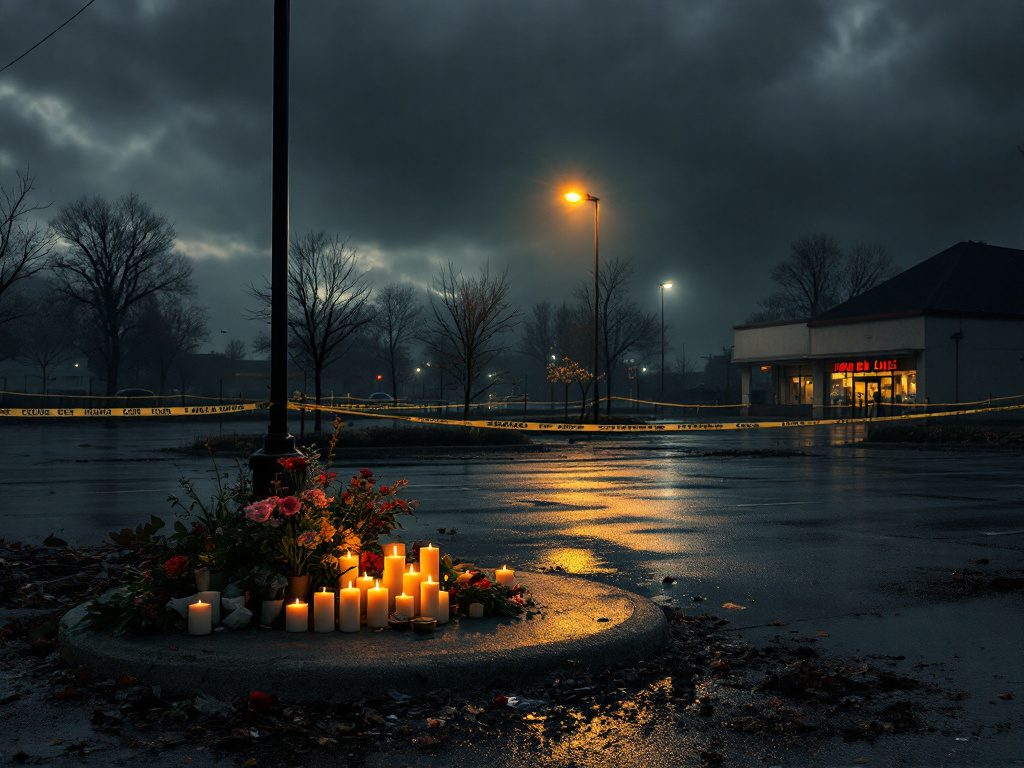Racial Violence in Texas: A City Forever Changed
Just before noon on August 3, 2019, a quiet summer morning erupted into horror at an El Paso Walmart. Armed with an assault-style rifle and wearing earmuffs to muffle the sound of his own gunfire, Patrick Crusius, then 21, began shooting in the parking lot before moving inside the bustling store. Within minutes, 23 lives were taken and dozens more were wounded, with the victims ranging from teenagers to grandmothers, immigrants to U.S. citizens, and even visitors from across the nearby Mexican border. The gunman’s manifesto, proudly posted online beforehand, left no doubt as to motive—it was a premeditated, racist attack targeting Hispanic shoppers. Now, nearly six years on, the criminal process is drawing to a close. Crusius is set to plead guilty to capital murder and accept a life sentence without parole.
This was not a crime committed on impulse. Authorities say Crusius drove over 10 hours from suburban Dallas to El Paso in a calculated act, underscoring the chilling reach of white supremacist ideology. His actions left a community grappling not only with searing loss but also with painful questions. Why are such acts still so possible in America? How did the buildup of hatred online end with lives stolen in a place as ordinary as a Walmart?
According to a 2020 study by the Anti-Defamation League, extremist-related murders increased dramatically in the late 2010s, with white supremacist attacks representing the largest share. El Paso became an emblem for this trend—a stark reminder of the dangers that unchecked hate and easy access to guns can bring to any community.
The Legal Labyrinth: Life in Prison Instead of Death
Crusius’s guilty plea in state court comes after he already received ninety consecutive life sentences from a federal court upon admitting to hate crime and weapons charges. The decision by El Paso County District Attorney James Montoya to offer a plea deal—rather than push for the death penalty—was met with mixed emotions, especially among survivors and victims’ families who waited years for some sense of closure. The alternative, as Montoya explained, was a trial that could drag on for a decade or more, denying the community a definitive resolution.
Rather than grant Crusius a platform to rehash his hateful ideology through protracted legal arguments, authorities opted for swift, certain punishment: life behind bars, no chance of parole. Prolonged proceedings risk retraumatizing survivors and families already burdened by grief. This approach is supported by a growing movement against the death penalty—even in a state renowned for its tough-on-crime stance. According to the Death Penalty Information Center, Texas executions have declined sharply in recent years, partly reflecting changing societal attitudes and the intractable complexities of capital punishment cases.
Is justice best achieved with yet another execution, or is society better served closing the chapter swiftly so healing can begin? These are not abstract questions. Real lives—those who survived the shooting and those who loved the victims—are at their core. Advocacy groups like the Texas Civil Rights Project emphasize the importance of avoiding trauma-inducing legal theatrics that rarely bring solace to those left behind.
“The pursuit of justice should never blind us to the needs of survivors. Prolonged trials serve only to reopen wounds that communities are trying desperately to heal.”
Beyond the courtroom, the aftermath of El Paso resonates with broader debates about what it means to deliver true justice—compassionate, efficient, and focused on collective recovery, rather than retribution alone.
Gun Policy, Hate, and the Struggle for Prevention
As Crusius is transferred to Texas Department of Criminal Justice custody, the hard truth remains: what happened in El Paso could happen anywhere, as long as armed hate persists unchecked. Despite an unbroken string of mass shootings, conservative lawmakers in Texas and elsewhere have clung to permissive gun laws, refusing commonsense measures that might save lives. Meaningful reform remains elusive, even in the wake of national tragedy.
A close look reveals that El Paso was targeted not at random, but because of its unique identity as a crossroads of cultures and nations. Pew Research surveys show that majorities of Americans—including gun owners—support expanded background checks and red flag laws. Yet the state’s lawmakers, echoing NRA talking points, have prioritized gun rights above the basic safety of their constituents. In a state where children regularly go through active shooter drills, what does that say about policymakers’ true priorities?
This was more than an act of an individual; it was the catastrophic endpoint of a policy landscape that refuses accountability. According to gun violence prevention groups like Everytown for Gun Safety, states with stricter firearm laws consistently see fewer mass shootings. The argument that more guns make us safer lies in tatters—yet those in power remain unmoved. In a nation where more guns outnumber people, and social media platforms amplify extremism, each inaction is a tacit endorsement of tragedy’s repetition.
Despite a brief surge of national attention after the attack, little has changed. Victims’ families promised “El Paso Strong” have watched as meaningful reform slipped yet again from the national agenda, replaced by partisan gridlock and empty platitudes. Still, activists and survivors continue to press for lasting change—heeding the lesson that collective memory and shared outrage are potent forces for progress, if we insist that our leaders finally listen.

